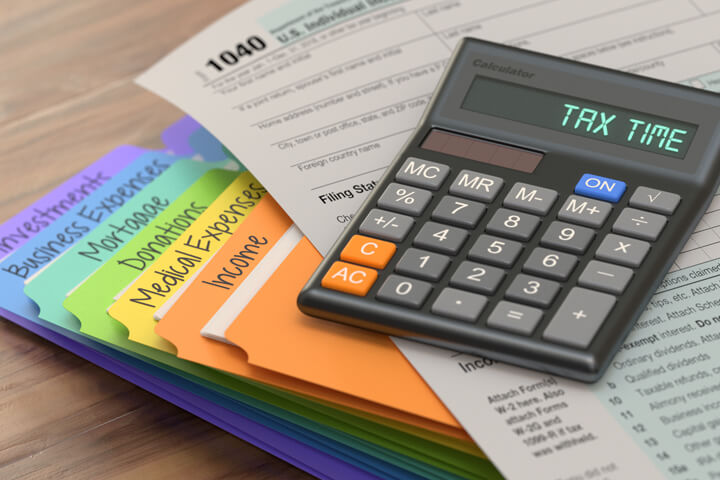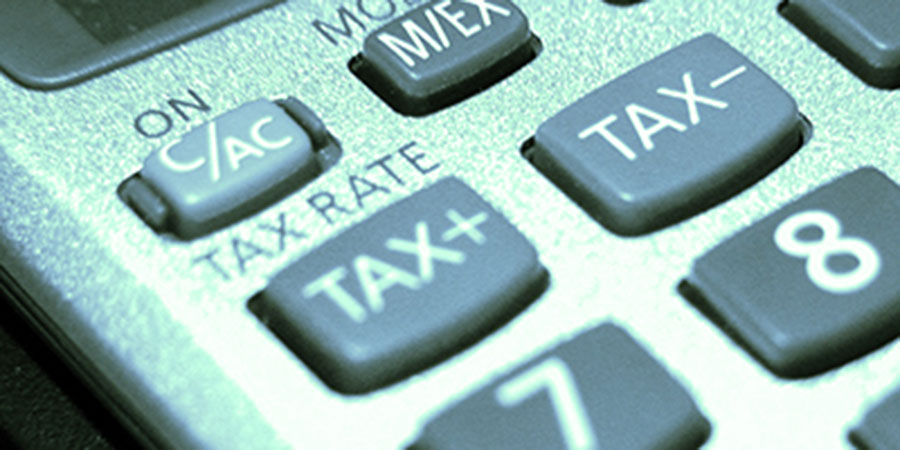Employers pay for the benefits that are provided to or for their workers, their families, or their coworkers. Employers who incur FBT must pay it. Even if an employer forms a business agreement with a third party, FBT is still applicable. To calculate taxable fringe benefits, you must include income tax in addition to the FBT payment.
If your employer offers you or any of your family anything other than a salary, you must pay FBT on it. Apart from income tax, there is also a separate entity known as FBT. A fringe benefit is defined as something that may be taxed for the purpose of calculation. It indicates the amount of money your employer values your services at.
Employees Are Required To Pay Fringe Benefits Tax?
Even if the perks are intended particularly for an associate of your employee or for the assistance of another worker, you must pay FBT if you provide employee benefits or contract with them. You only have to submit an FBT Return if you have signed up but haven’t yet enrolled in the FBT program for the year.

How Much Does It Cost?
There are various tax incentives available for this sort of fund at FBT. For the year starting April 1, 2020, the federal business tax rate (FBT) will be 47%. Taxes may differ depending on how much money is collected. The Australian Taxation Office (Tax Office) publishes employer information regarding current federal and state tax rates on a regular basis.
Is It Necessary For A Sole Trader To Pay Fbt?
In general, it can only be utilized if your employees ask for reimbursement from you. Those who operate as self-employed individuals or members of a partnership are not subject to FBT; rather, they are benefits that your workers receive as a result of your business.
Do Employees Have To Pay Taxes On Their Fringe Benefits?
Under the Fringe Benefits Tax Assessment Act of 1986, you are responsible for payroll taxes when you take benefits. Payroll tax is not levied on donations with a zero value or no amount.
How Much Fringe Benefits Tax Do I Pay?
About 47 per cent of employers use fringe benefits tax.
What Is Australia’s Fringe Benefits Tax Rate?
For the 2017–2022 fringe benefits tax (FBT) year, the tables below show the FBT rates and thresholds. You are entitled to 47% of the balance above the margin.
Do You Have To Pay Taxes On Them?
Employees’ gross incomes typically include fringe benefits (although some exceptions exist). They are taxed on the perks, such as income tax withholding and employment tax. Certain fringe benefits can be valued using special rules for employers and employees.
Do Employees Have to Pay For Fringe Benefits?
Employees in both the private and public sectors can access a variety of perks beyond their salaries. These on-the-job benefits, which are considered compensation by their employer but not taxed as such in the United States, qualify as employee benefits.
What Are Fringe Benefits for Tax Purposes?
Incentives, such as life insurance, tuition assistance, and stock options discounts, are fringe benefits offered by employers to their workers in recognition of their service. If the benefit comes in the form of cash, for example, money or reimbursement for travelling and other costs, it is taxable.

How Much Tax Is Paid By Employees On Fringe Benefits?
The property and service expenses incurred by the employee as a business or depreciable asset cost if he or she bought them are deductible. If the perks are tax-free, they can be given to staff as bonuses if all of the benefits are spent on work.
Who Pays The Fringe Benefits Tax if It Is A Employee Or An Employer?
The NIRC’s Section 33(A) defines “forced benefit” as an employer’s tax on an employee’s salary kept when a worker is terminated. It is the firm that is responsible for paying fringe benefits taxes since the individual is not considered an employee by BIR Form 1603, which must be submitted every three months to the Office of Labor Statistics by employers.
Can Employees Deduct Fringe Benefits?
Employers may deduct the expenses of employee fringe benefits, but this benefit is taxable to them. Certain limits apply to employee fringe benefits.
In Australia, Are Fringe Benefits Taxed?
There is a second tax rate applied to taxable income, so the fringe benefit’s taxable value must be calculated separately. Employers whose FBT liability extends from April 1 to March 31 are required to submit FBT returns with the IRS. Employers may also claim GST credits for goods provided as perks.
Who Pays For Fbt?
Benefits taxes are levied on payments made to employees (or their spouses), family members, or close associates (other than the employee). This is your FBT based on your taxable income from the taxable value of your benefits.
Who Is Not Required To Pay Fbt?
Hospital staff, public ambulances, and public charitable institutions are all FBT-free employers. Furthermore, there will be no FIT liability for any fringe benefits they provide (at a cap price). The majority of employer FIT exemptions are granted by non-profit and non-government education institutions.
